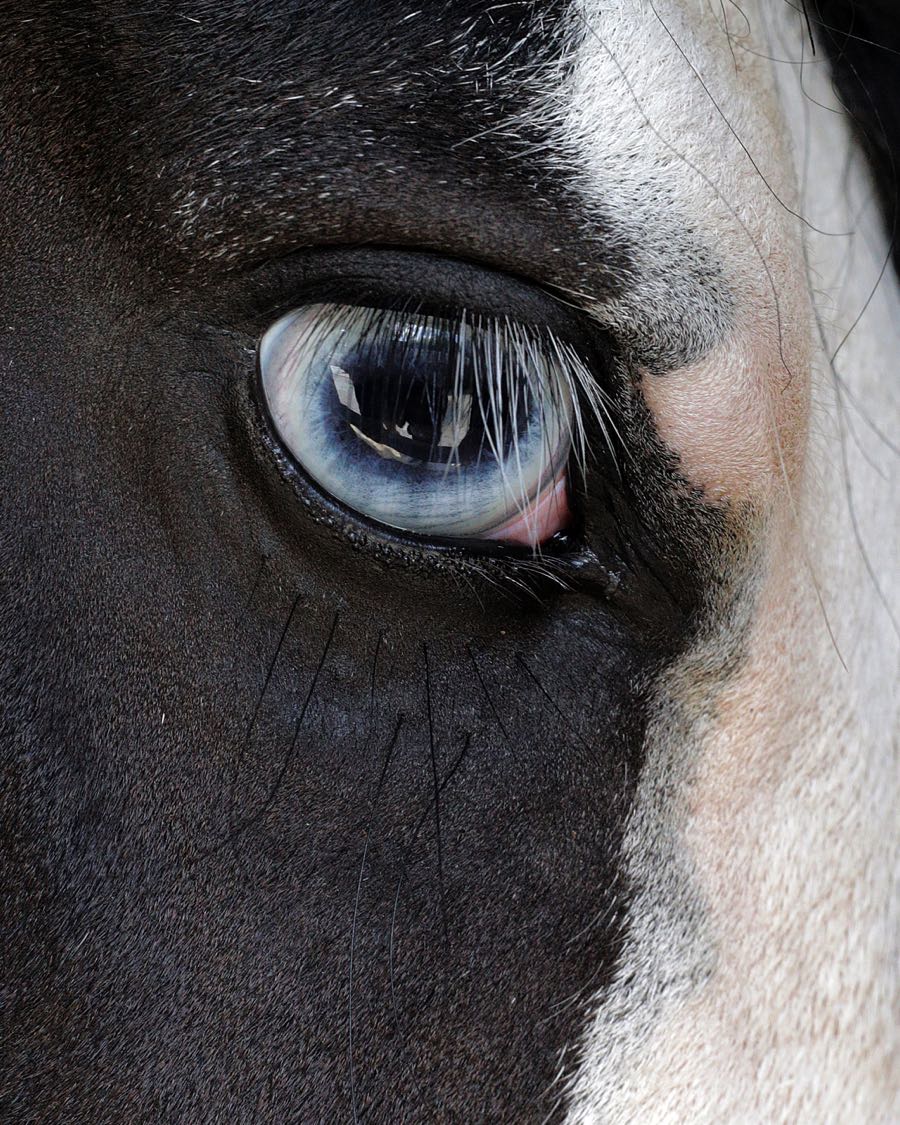DREAMING / DESIRING
Credits
WORDS Emanuele Coccia“Clothes have become the Trojan horse, bringing art into the most intimate and everyday dimensions of life.”
I am the diurnal and profane form of dreams. Little does it matter whether it’s leather, cotton, or wool. Regardless of color or silhouette. No matter if it’s a shirt, a pair of trousers, a belt, or a bag. An outfit and the accessories that surround it are a cocoon that transforms a dream into our new flesh, at least for a few hours. Through their fabric, the dream becomes as bright as sunlight. Expressing yourself through clothes means lighting up with this dreamlike light. It is not metaphor or allegory. Dreams are not mere illusions. They are not figments of our imagination. They are psychic gymnastics in the color of sunlight, the sound of wings opening, and the air they beat. Dreams are the union of ego and reality, celebrated in an image. We never stop returning to the strange spiritual chamber that we enter every night because every time we merge with what we imagine, desire is released in its purest forms. Yet, there is something unspeakably painful about the fact that this experience is only possible at night. Normally, we can only dream with our eyes closed, only when we have cut the daytime experience from the ego.
Clothes are the device invented to avoid the ghettoization of our dreams into the dark of the night. A dress is a dream transformed onto our skin: a way to make the bird’s feathers and flight our very own silhouette. Wearing an outfit, therefore, is a way of making our flesh indistinguishable from what we imagine it to be. Daydreaming, with eyes wide open.
This was what Demna Gvasalia realized, at least in part, when he transformed his AW21 défilé into the video game Afterworld, produced in collaboration with Fortnite: Dressing in a garment from that collection literally meant the dreamlike experience of gaming seeped into our world for a few hours, in a space where our avatar shares our own anatomy. This is not necessarily a positive experience – dreams can often be nightmares. And becoming what we have imagined ourselves to be means abandoning all anatomical security. Yet, this is the only way that we can distill desire. And clothes allow us to dream with open eyes, embracing both the daytime and other people.
Of course, this wasn’t always the case. Clothes only became the public gateway to dreams when fashion was born. And costume only became fashionable when the European avant-gardes gave art the task of simultaneously depicting and transfiguring our life: not only the life of the artist, but also that of anyone who came into contact with their work. It was at that moment that clothes, previously neglected or taken hostage by the need for distinguishing class or profession, began to shine – and not only in the banal sense of the term.
Clothes are the most universal artifacts that exist in human societies. They are used everywhere, and by everyone, regardless of class, age, geographical origin, religion, ethnic identity, or gender. And they are used all week. All day and every day, (for some) even while asleep in bed – we reshape ourselves through clothes.
But that’s not all: The use of these works of art is not in the slightest bit contemplative. Wearing an outfit means inverting our usual relationship with art: Instead of placing it at a distance, separated from our daily life and therefore only sporadically interacting with it, it clings to our body, we merge with it and let it shape our identity. Clothes have become the Trojan horse, bringing art into the most intimate and everyday dimensions of life. Dreams have existed here on our skin ever since. Since then, clothes have been made of the same intangible matter as dreams, as Alessandro Michele recently reminded us.
It is difficult to say whether at this moment, the fashion system remains truly faithful to what made it possible in the first place. The risk is, on the one hand, that the dream is replaced by the project: good intentions that don’t transfigure anything, limited to recreating the forms that we already have in front of us. On the other hand, bringing our dreams into the light of day means having a different, more intense and more conscious relationship with our desires. The fashion crisis is only ever a crisis of desire. It’s not marketing or big brands or institutional policies that make it impossible for dreams to become a second skin. It is only ever the extent to which we persist in making them material forms that we can touch and wear, that will decide the value of fashion. There is no other source of inspiration. Dreams feed on the desires they can evoke.











